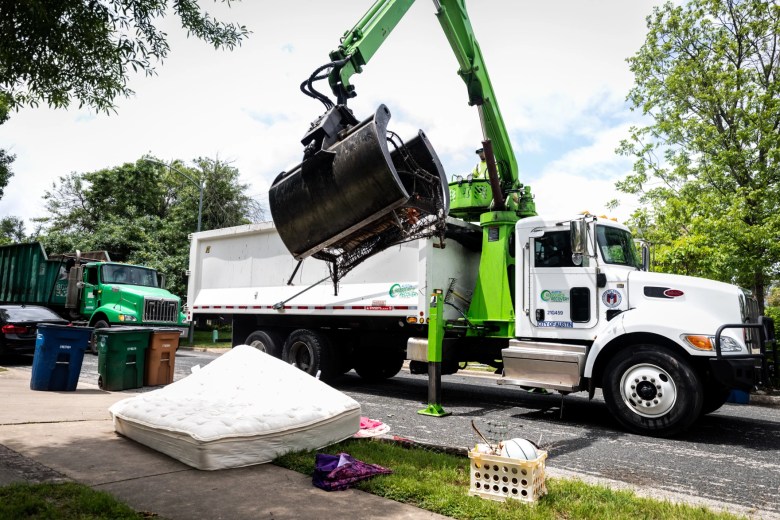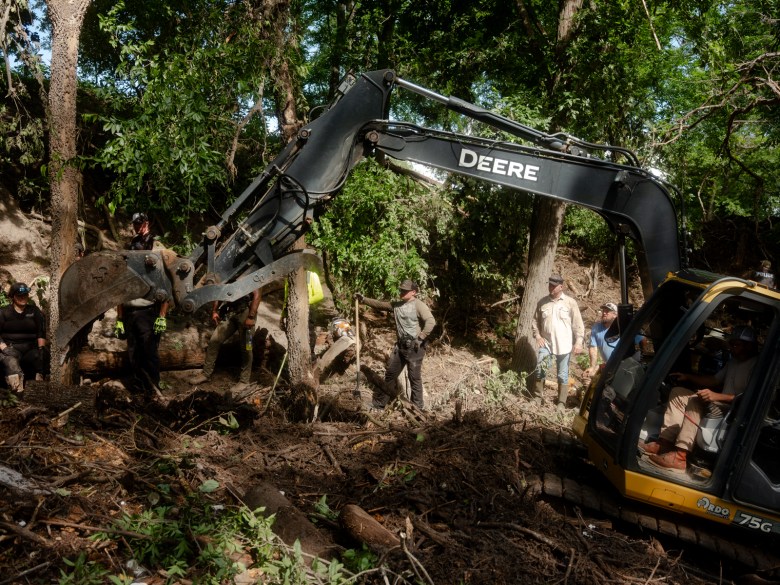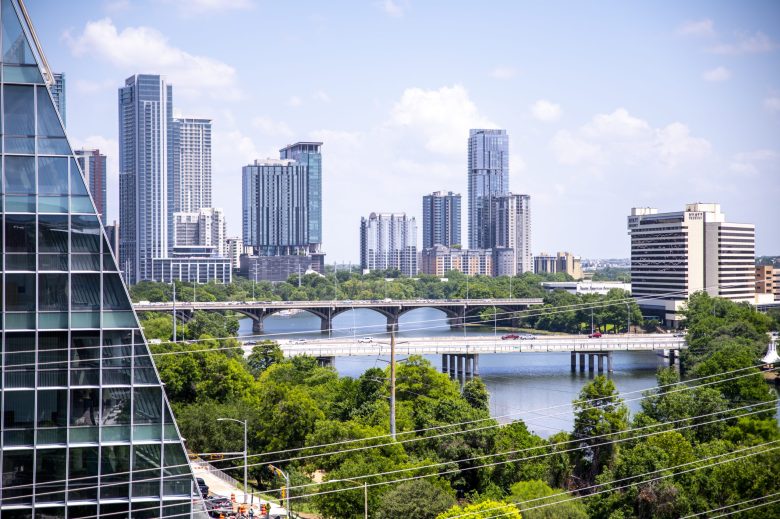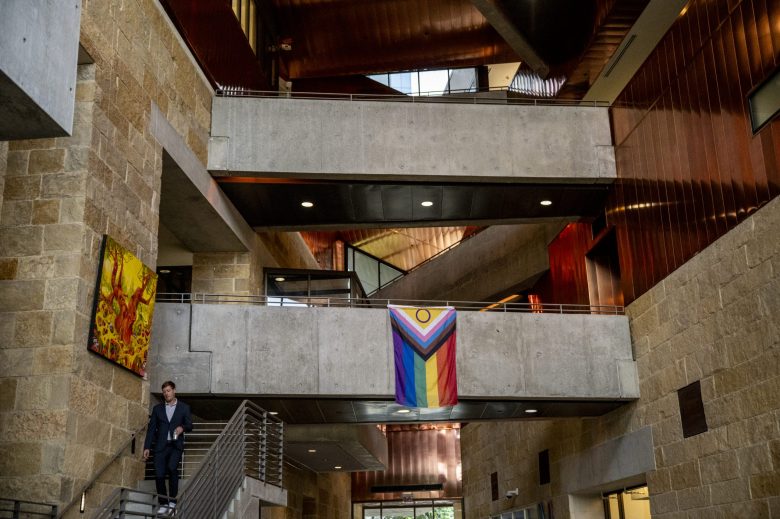Texas Gas Service (TGS) has filed for its third rate increase in approximately 12 months, affecting customers in Austin and surrounding areas.
On Thursday the Austin City Council is expected to approve a
90-day delay
of the proposal, though the city has limited authority to block it. The city does not own its gas utility and, Unlike Austin Energy or Austin Water, cannot control its rates. Final approval lies with the Texas Railroad Commission, which often sides with industry during rate cases.
TGS initiated a rate case last summer, citing the need to fund infrastructure and maintain its gas delivery system. Austin and other cities challenged the increase, but higher bills still took effect in January. In February, Texas Gas Service (TGS) introduced another hike under the state’s Gas Reliability Infrastructure Program (GRIP), meant to recover recent capital costs. That increase,
also delayed
but not denied, took effect this summer.
Now, TGS has
filed for a third increase
, seeking to raise $41.1 million in revenue, which is about a seven percent system-wide increase including gas costs (or nearly 10 percent excluding them).
TGS serves more than 230,000 Austin customers, who are billed a fixed monthly customer charge plus a variable charge based on usage. Residential customers are split into “small” and “large” categories. (see more on TGS’ current billing system
here
).
Following recent GRIP increases, smaller residential customers saw an 8 percent rise in their fixed charge, while larger users saw nearly 5 percent. Commercial customers faced hikes of 10–12 percent.
Under the new proposal, small residential customers would see their customer charge climb from $21.36 (the rate after the GRIP changes) to $29.50 per month. Large residential customers would pay $39.50 per month (up from $33.36).
TGS is also moving to consolidate its service areas. Under their proposal, the Central-Gulf area (which includes Austin) would share a rate structure with the West North and Rio Grande Valley service areas.
A spokesperson for TGS described the consolidation as a move to increase efficiency. “Right now, customers in different areas pay different rates for the same service,” she told the
Austin Monitor
. “By consolidating into a single statewide rate, our customers will benefit from efficiencies and the sharing of expenses across a larger customer base.”
Thomas Brocato, Outside Counsel for the city,
discussed the proposal
with Austin’s Resource Management Commission (RMC) on July 15. “The Railroad Commission has been very receptive to accommodating these utilities,” he said of the consolidation. Brocato noted that average gas usage has historically varied between service areas due to differing climates and levels of population density.
Factoring in the customer charge adjustment, the consolidation, other changes in the proposal and local gas consumption patterns, TGS
predicts
that average monthly bills in Austin would change as follows:
-
Small residential customers:
increase
by approximately $4 (to $48.82/month). -
Large residential customers:
decrease
by around $3 (to $74.30/month). -
Small commercial customers:
increase
by approximately $7. -
Large commercial customers:
decrease
of around $63.
During prior rate increases, some advocates have
questioned the accuracy
of TGS’ projections.
The TGS spokesperson told the
Monitor
that the utility had invested $117 million in the Central-Gulf Service Area since the last rate case. “We have also experienced increases in our operating costs driven by inflation and supply chain challenges,” she said.
TGS also plans changes to its assistance programs for low-income customers. Expansions to its “Share the Warmth” program, which is traditionally funded by voluntary customer donations matched by the utility, will now be supported by billing increases. “It’s not clear to me in the filing whether they would (continue to) contribute any amount from shareholder dollars,” Brocato said. Ratepayers will fund a donation management platform, outreach initiative, and a new employee to manage the program. “So, in total, Texas Gas Service is requesting $2.284 million from ratepayers to… manage the Share the Warmth program,” Brocato added.
TGS is also requesting $570,000 from customers to help fund a pilot program that will offer discounts to up to 30,000 qualifying customers.
“This filing expands support for customers needing assistance with their bills, including a low-income rate that is 25 percent below the proposed small residential rate, and a lower volumetric delivery charge,” the TGS spokesperson said.
So far, the proposal has not been well received. Most of TGS’ customer base does not have another option for gas service.
The Resource Management Commission provided informal feedback on the filing to city staff and outside counsel last week. Commissioners voiced frustrations about the consolidation, the rate hikes and the customer-funded changes to the income-based programs.
“There appears to be no upside for the city of Austin and our gas ratepayers from this consolidation,” said commissioner Alison Silverstein.
Vice Chair Paul Robbins has long pushed for more city oversight of Austin’s gas system. “It is my humble opinion that any rate increase is almost pre-approved,” he said during the meeting. “The Railroad Commission, which seems to be a very industry-friendly venue, is going to approve the vast majority of (a rate case), and it becomes a
de-facto
rate increase that there’s no say in.”
Later, Silverstein emphasized that it was unusual for TGS to require ratepayers to fund Share the Warmth without a clear commitment from its shareholders to match this funding: “Everybody else who has a (utility) charity program is…asking: ’Ratepayer, would you like to round up?’…They are not having (these costs) slammed into rates and claiming that it’s charity.”
At the end of the meeting, Robbins shared the first few slides of a
presentation
with some of his additional criticisms of TGS. These included high costs associated with fuel, additional taxes and fees, and what Robbins described as “greenwashing” of programs meant to provide conservation and renewable energy.
According to Robbins, TGS serves 94 percent of gas customers within Austin City Limits. He noted that if Texas Gas gets the latest increases they’ve asked for, rates will have increased by 132 percent since 2016.
Austin’s options with this latest proposal are limited to delay, monitor, and appeal, with the understanding that companies like TGS have substantial footing with the Railroad Commission.
Under the recent filing, Austin and other impacted cities have until August 19 to intervene. The Council will vote Thursday on the 90-day delay, during which Austin will work with outside consultants and other cities to evaluate next steps.
Looking ahead, Austin’s current contract with Texas Gas expires in October of 2026. Some advocates have suggested finding a new private gas provider—or even municipal ownership of the gas system, as the city has with its electric and water utilities.
“This is a 20-year agreement, a once-in-a-generation opportunity to get long-needed reforms,” Robbins said.
The
Austin Monitor
’s work is made possible by donations from the community. Though our reporting covers donors from time to time, we are careful to keep business and editorial efforts separate while maintaining transparency. A complete list of donors is available
here
, and our code of ethics is explained
here
.
You’re a community leader
And we’re honored you look to us for serious, in-depth news. You know a strong community needs local and dedicated watchdog reporting. We’re here for you and that won’t change. Now will you take the powerful next step and support our nonprofit news organization?









